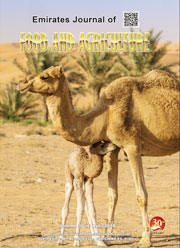ETHNOBOTANICAL STUDY OF WILD VEGETABLES USED BY RURAL COMMUNITIES OFKANNAUJ DISTRICT, UTTAR PRADESH, INDIA
DOI:
https://doi.org/10.9755/ejfa.v25i10.16403Keywords:
Wild vegetables, Rural communities, Ethnobotany, Uttar PradeshAbstract
An ethnobotanical inventory was conducted in the rural areas of Kannauj districts, Uttar Pradesh during 2007- 09 following standard ethnobotanical methods for documentation of underexploited, non-conventional, traditional and indigenous wild vegetables for further studies leading to sustainable utilization of these resources to overcome malnutrition in vegetarian diet. During present study 25 species belonging to 18 families have been documented. Chenopodium album is the most common and popularly used wild vegetable followed by Ipomoea aquatica and Coccinea grandis in the study area. Seven species are reported as wild vegetable for the first time in India. Leaves and young stem are used in majority of the cases. Only 56% wild vegetables used in the study area are easily available, it means 44% wild vegetables are threatened to be lost if not conserved properly. The highly endangered wild vegetables in the study area are Abrus precatorius, Centella asiatica, Dioscorea bulbifera, and Solanum incanum.










 .
. 